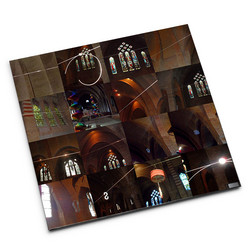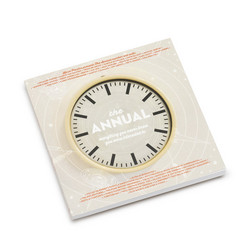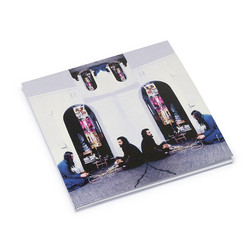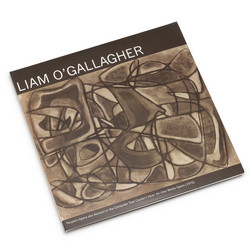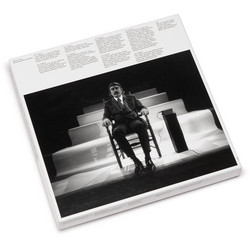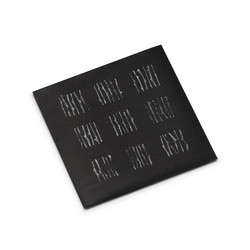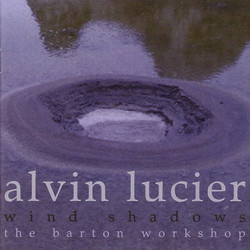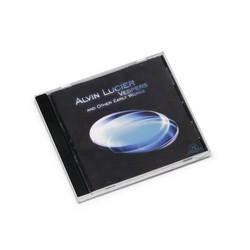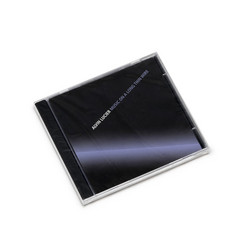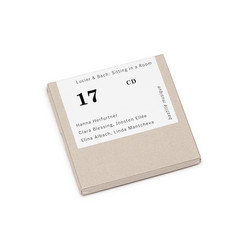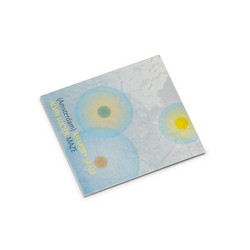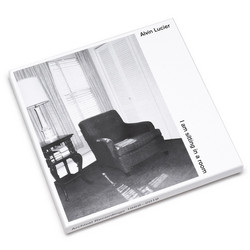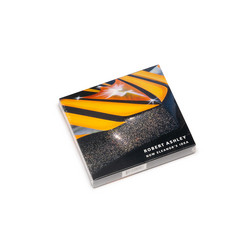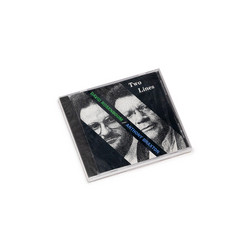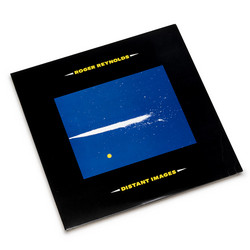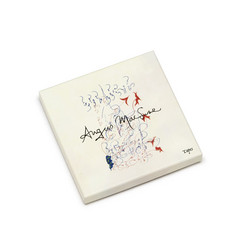Alvin Lucier
Music On a Long Thin Wire (2LP)
** condition: NM/EX (very minimal ring wear on front and back cover) ** “Music on a Long Thin Wire” is a classic example of Alvin Lucier's investigations into the physics of sound and the sonic properties of natural processes.
It is constructed as follows: the 50-foot length taut wire is extended across a large room, clamped to tables at both ends. The ends of the wire are connected to the loudspeaker terminals of a power amplifier placed under one of the tables. A sine wave oscillator is connected to the amplifier. A magnet straddles the wire at one end. Wooden bridges are inserted under the wire at both ends to which contact microphones are imbedded, routed to a stereo sound system. The microphones pick up the vibrations that the wire imparts to the bridges and are sent through the playback system. The thin wire is set vibrating four times at four different frequencies; what results is not the low drone one might expect from a long, vibrating wire, but a complexity of evocative, ethereal chords.
“Music on a Long Thin Wire” is a classic example of Alvin Lucier’s investigations into the physics of sound and the sonic properties of natural processes.
Lucier sets things in motion, then leaves them alone. The thin wire is set vibrating four times at four frequencies; the results are great stillness, a churning disturbance, a restless coil of suppressed energy, and a profound but not untroubled peace. Fundamental pitches never change, but timbre, volume, and rhythm (from beats between not-quite-in-tune overtones) shift unpredictably, sometimes after long periods of rest. The wires four personalities will leave you deeply moved.
No surprise that power electronic people were so much into this Lucier piece. As heavy as Whitehouse, as light as Radigue… while maintaining the uncompromising strength of both.
